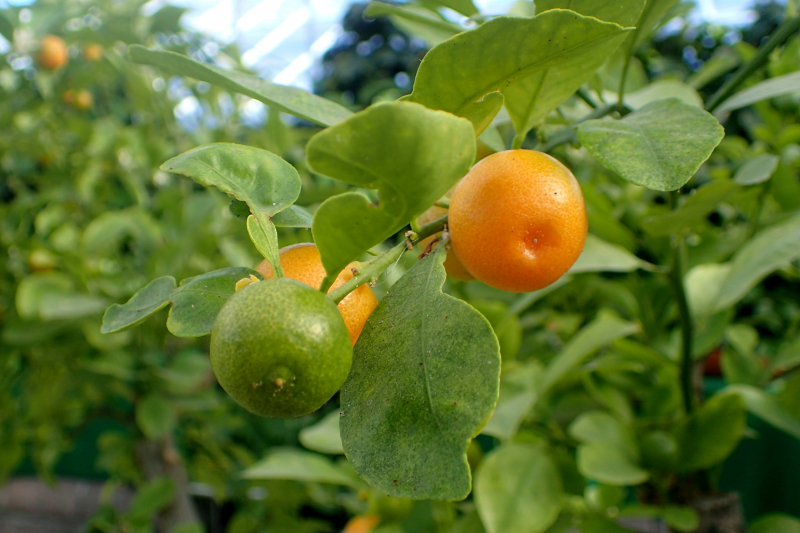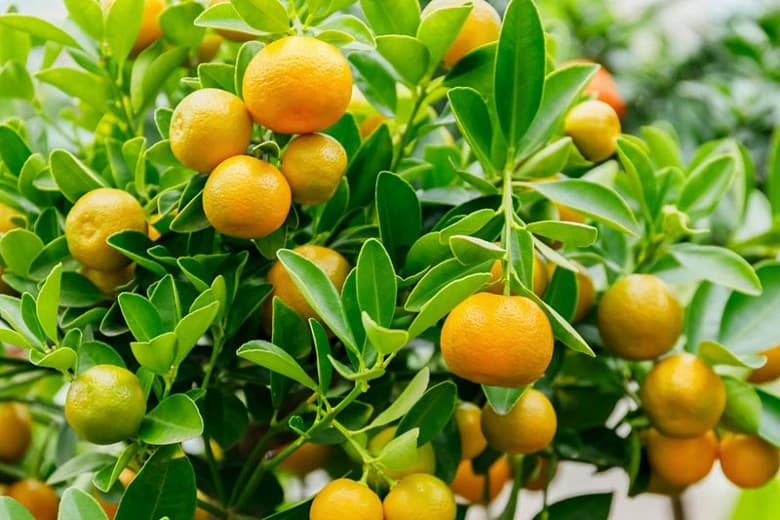Calamondin

In the United States, the diminutive Calamondin orange was first introduced as an "acid orange" at the turn of the 20th century. Since it takes this tart orange more than a year to ripen, it should be picked when it is either halfway ripe or just beginning to change color. As a miniature citrus variety, calamondin orange trees are frequently planted in pots for decorative purposes. Calamondin oranges are classed as Citrus madurensis and Citrus mitis, respectively, in terms of their botanical identity.
The little Calamondin orange has a skin that is bright orange and has a small green notch at the top, which is a harvest byproduct. The Calamondin orange, which was first grown in China, is about the size of a quarter and rarely grows more than one inch in diameter. The flesh is exceptionally juicy and the rind is thin and simple to peel off. Calamondin oranges are little, but they pack a powerful flavor that is particularly sour and tart. Like saging na saba, calamondin or calamansi is one of the most important fruits in Filipino cooking. Many Filipino recipes are made even more delicious by this small sour fruit often referred to as the Philippine lemon.






